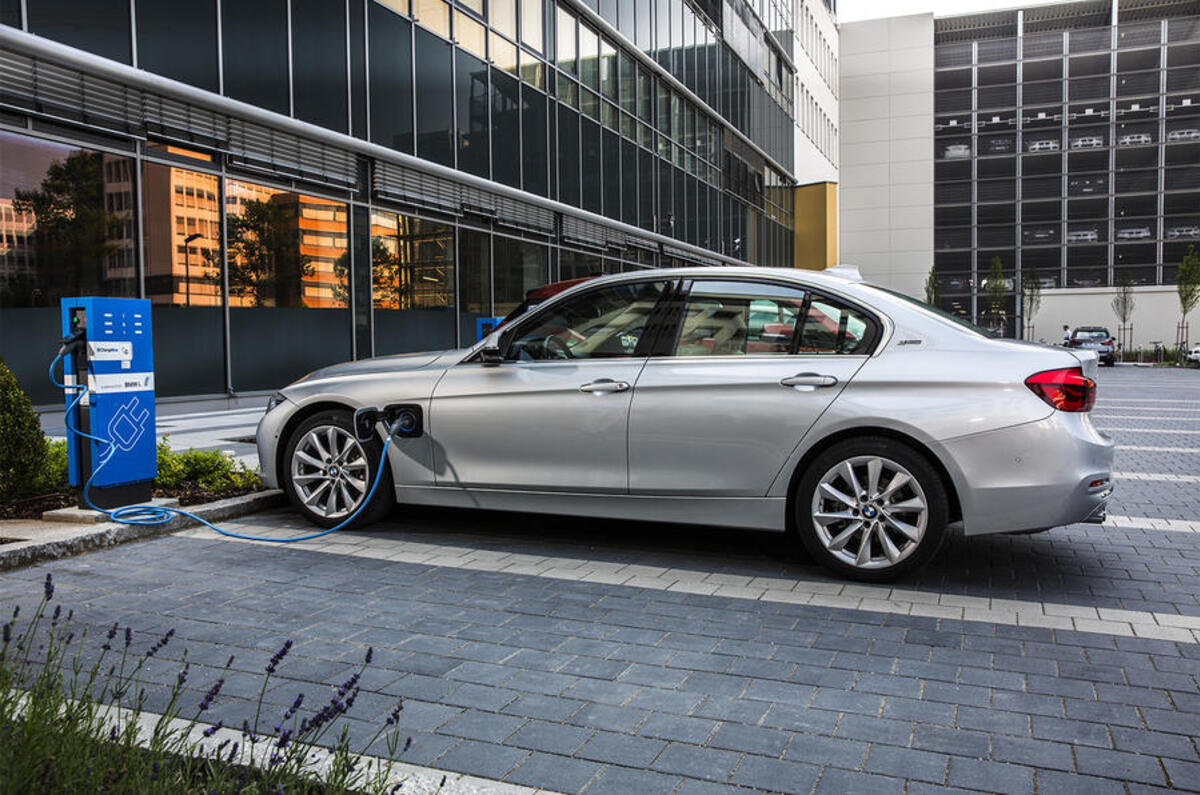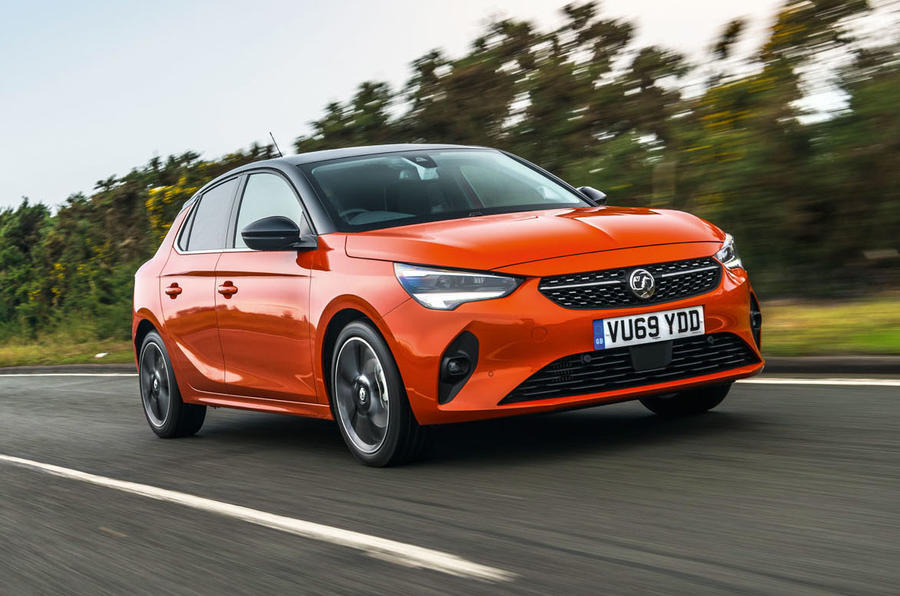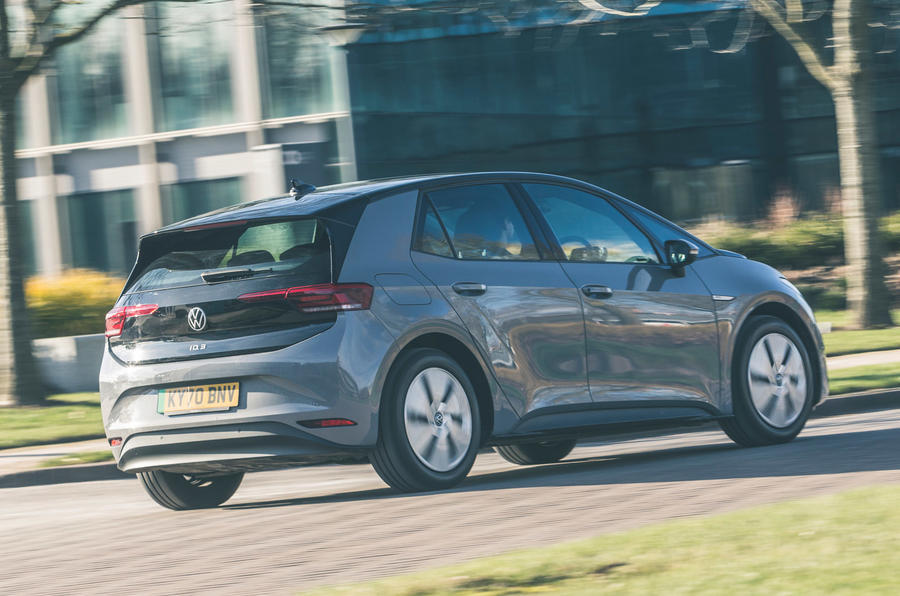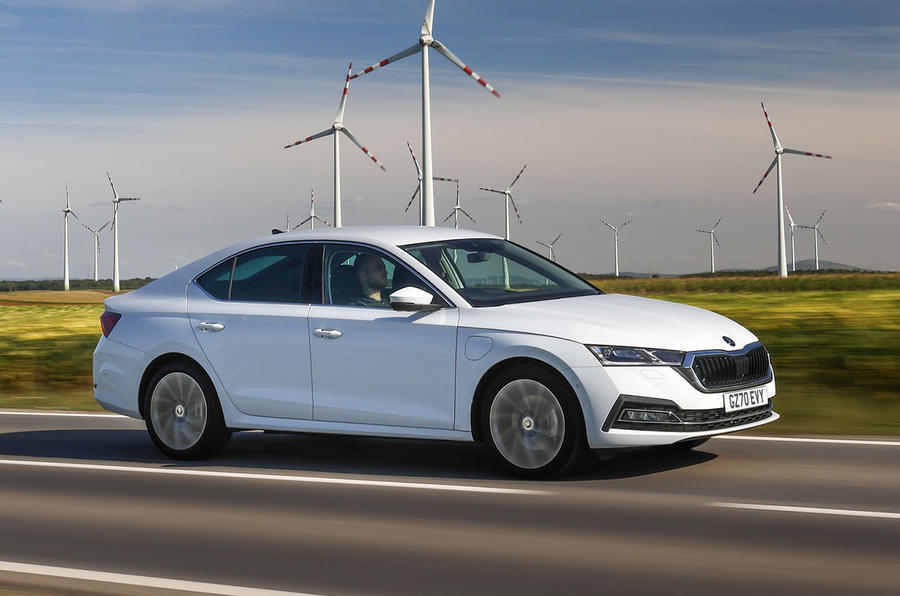There are almost 750,000 company car drivers in the UK, according to the latest HMRC figures. It’s a huge population, and the government has spent more than 20 years using tax incentives to encourage them to choose the most efficient vehicles.
Company car tax bands change every year, and the structure has evolved as new technologies have reached the market – but it’s simpler than it looks.
A company car is a vehicle that’s owned or leased by your employer, primarily for you to use for business trips, but also available for your private journeys outside work hours, including commuting. HMRC classes this as a benefit in kind, which is a catch-all term for any workplace perk provided in addition to your salary. Just like your income, it’s taxable.
How is company car tax calculated?
The system affects both employer and employee tax bills, but most drivers will encounter it as a benefit-in-kind (BIK) payment deducted from their salary. There are several factors that can influence how much they pay.
The baseline is what’s called a ‘taxable value’ for the vehicle. This is a percentage of the list price (also known as the P11D value) based on its tailpipe CO2 emissions and, for plug-in hybrids, its electric-only range. The list price includes options, VAT and delivery charges but excludes the registration fee and the first year of VED. It’s also fixed for life, so it doesn’t reflect discounts for new cars or the lower price of a used one.
BIK is paid as a percentage of that taxable value in line with your income tax band (typically 20%, 40% or 45%, unless you’re in Scotland, which has different rates), and that annual figure is then split equally across your pay packets. For example, a 20% income taxpayer would be liable for 20% of the vehicle’s taxable value per year. The cheaper the car and the lower its CO2 emissions, the less you will pay.
Which tax band does my company car fit into?
The start point is finding out how much CO2 it emits and (for plug-in hybrids) the electric-only range, and your fleet manager or vehicle supplier should have that data. Manufacturers switched to a more granular and tougher economy test cycle in 2017, and both figures are affected by options such as larger wheels, sporty bodykits and even heavy panoramic sunroofs. This can cause some models to straddle multiple bands, so it’s important to check.
Those figures will help place the car in one of the following bands, which are used to calculate the taxable value. Company car tax is adjusted every April, and usually increases by a steady 1% point per year. However, bands are currently frozen until April 2025, with slightly different approaches for ultra-low-emissions vehicles (up to 50g/km of CO2) and other models afterwards.















Join the debate
Add your comment
Well you covered the tax side, but the company car position is a bit more complicated than just tax, you need to look at the whole cost relative to the drivers usage and situation.There is the companies method and rate of fuel reimbursement, does the company allow the driver to 'trade up' or 'trade down' by additional payments/refunds (deductable from tax if applied as a private use contribution PUC) or liable for tax if paid out the driverOn the face of it, EV's look a no brainer tax wise. But they are expensive so may require the driver to contribute to be able to have one which may negate the neglible tax some way. Such contributions can be tax deductable in an ordinary car, but there isn't any tax to deduct from on an EV!Fuel reimbursement rate are quite poor vs real electricity cost for EV's currently and higher mileage drivers who need to use public chargers will be substantially out of pocket each time.
Also the tax situation gets really complicated for people offered a cash alternative.. but that is another story!
In short, company car tax is a ridiculously, needlessly complicated system which basically forces drivers into an EV. Given that company cars were introduced as a way of supporting a growing domestic motor industry, perhaps now is a good time to abolish the whole system and let employees sort out their own transport?
There had actually been a movement towards employees running their own transport a few years back, cash taker/car allowances for those needing to travel for work.But then litigation culture and elf'n'safety put it all into reverse and made more employers offer only company cars again.Basically, the law considered (in test cases) employers to have a duty of care to employees travelling in the line of duty for the employer, even if travelling in their own vehicle. Senior management became risk adverse to possibly doing jail time because Pete's wheels fell off his shed on wheels and he died. Its intrinsically difficult to ensure employees only buy suitable personal vehicles and maintain them properly.So they off loaded responsibility to lease companies to run fully managed vehicles so if an incident went to court they had the defense they had taken all due care by making sure the employee had a vehicle with limited age and mileage and fully maintained, adding a buffer of responsibilty inbetween them and court in the lease company.